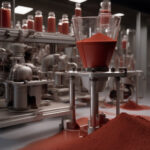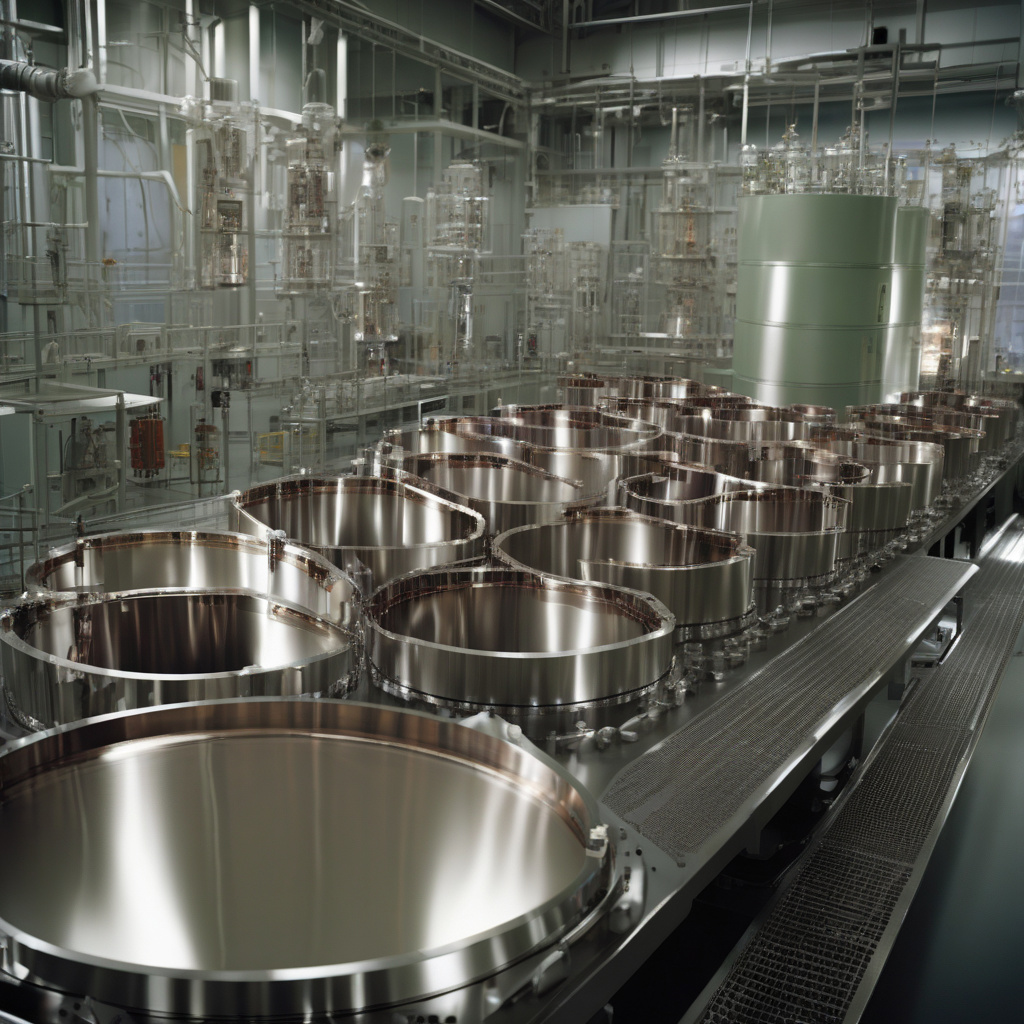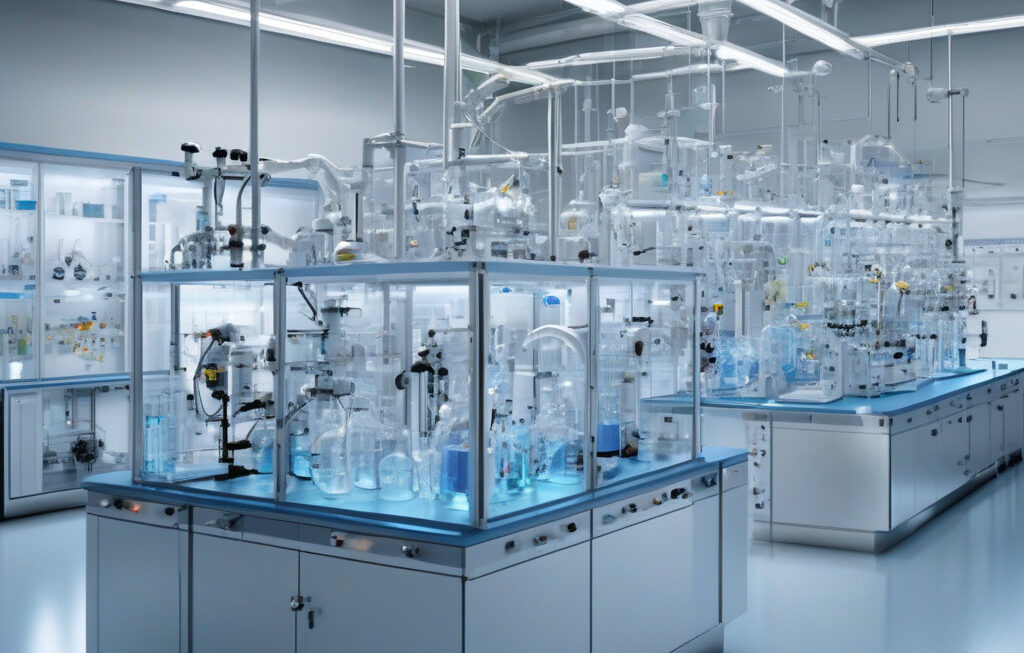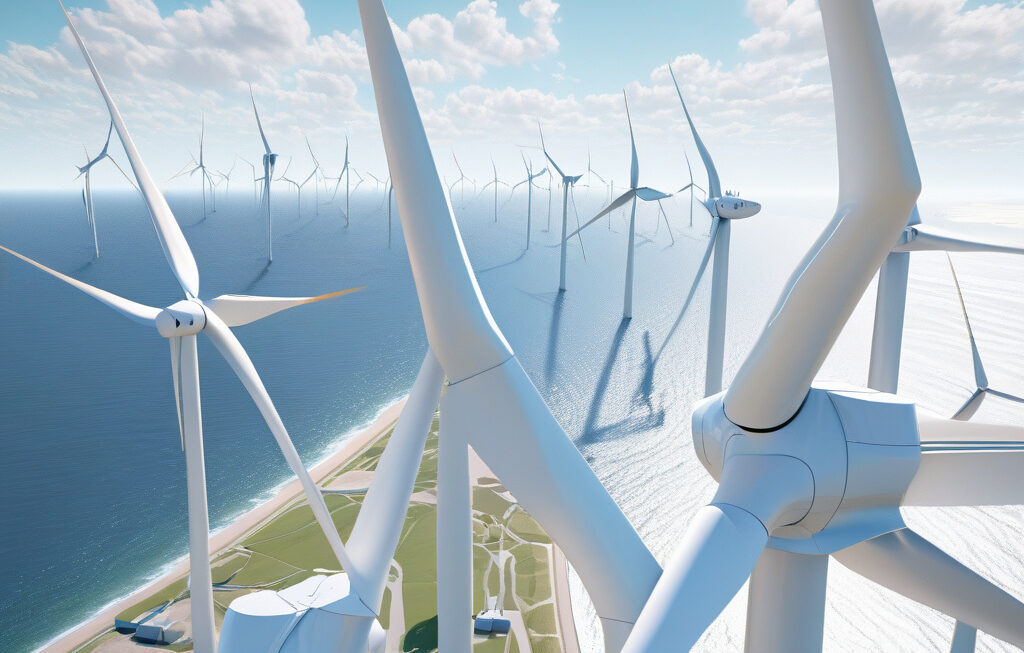US Tests Super Nuclear Reactor Steel at 1112°F in Push for Future Fusion Power
A new class of advanced steel, designed to withstand the extreme conditions inside a fusion reactor, is currently undergoing rigorous testing in the United States. With the goal of advancing fusion power technology, researchers are pushing the limits of materials science to develop components that can withstand the intense heat and radiation generated by nuclear fusion reactions.
The steel being tested is specifically engineered to withstand temperatures as high as 1112°F (600°C) without losing its structural integrity. This is a crucial development, as traditional steels would weaken and deform under such extreme conditions, limiting their effectiveness in a fusion environment. By testing this new super nuclear reactor steel at temperatures that simulate the conditions expected in a fusion reactor, scientists are gathering valuable data on its performance and durability.
One of the key challenges in achieving practical fusion power is finding materials that can contain and control the high-energy reactions that take place within a reactor. The intense heat and radiation produced during fusion can damage and degrade conventional materials over time, necessitating the use of advanced alloys and composites that can withstand these conditions.
The successful testing of the super nuclear reactor steel at 1112°F is a significant milestone in the quest for viable fusion power technology. If this material proves to be durable and reliable in a fusion reactor setting, it could pave the way for the development of commercial fusion power plants capable of producing clean, abundant energy with minimal environmental impact.
In addition to its high-temperature resistance, the advanced steel being tested also exhibits excellent mechanical properties, making it an ideal candidate for use in critical components of fusion reactors. Its strength, toughness, and corrosion resistance are all essential qualities for ensuring the long-term performance and safety of a fusion power plant.
As researchers continue to refine and optimize the super nuclear reactor steel through further testing and analysis, they are also exploring other innovative materials and design concepts to enhance the efficiency and reliability of fusion power systems. From advanced ceramics to novel cooling techniques, the field of fusion materials science is constantly evolving to meet the demands of next-generation energy technology.
The US-led effort to test super nuclear reactor steel at extreme temperatures represents a significant investment in the future of fusion power. By pushing the boundaries of materials science and engineering, scientists and engineers are inching closer to realizing the dream of clean, limitless energy from nuclear fusion.
In conclusion, the testing of advanced steel at 1112°F marks a crucial step forward in the development of fusion power technology. With continued research and innovation, the prospect of commercial fusion energy is becoming increasingly achievable, offering a sustainable solution to the world’s growing energy needs.
fusionpower, nuclearreactor, materialscience, energytechnology, cleanenergy












